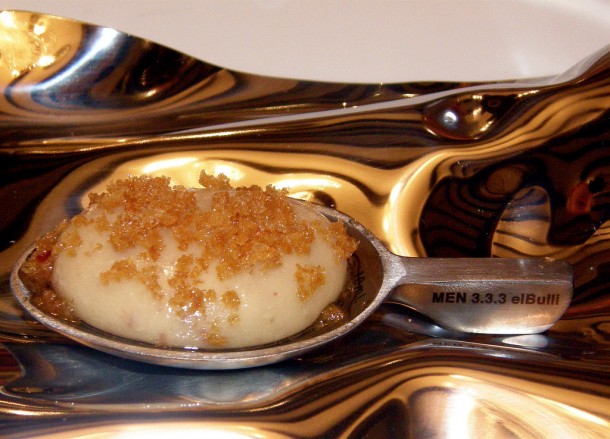Restaurants are evolving into true institutions of science from the back to the front of the house. Considered a second-class profession in the past, today service in hospitality across the world from NYC, Paris, China to Argentina, service and cooking professions are getting their dues; many people have embraced these careers as the in-fashion profession. It’s cooking time now!
But these professions don’t go alone – they go hand-in-hand with complex cultural and scholarly roots, and as a result ,the professionals in this industry are increasingly becoming more educated, more savvy and even more competitive. The workers in the restaurants of the future do not just obtain one skill; each worker is expected to handle every aspect of the restaurant operation such as: principles of growing food, restaurant management, cooking, fine dining service and wine and service. Regardless of all the new technological features, the human factor will always continue playing a unique and important role in dining operations of the future; that being said, the server of the future will continue smiling.
MANAGEMENT
The restaurant operation of the future’s backbone lies on its management structure. This management model allows every single member of the team to be as knowledgeable and as flexible as the others, delivering a more accurate performance in terms of quality and service. Every worker rotates duties. The new restaurant worker is that one that knows everything about the restaurant he or she is working in and performs every position effectively. There, everyone can perform the same management, cooking, service, and wine duties effectively. This management approach will deliver CHEF, SOMMELIER, and SERVER in one: “the restaurant worker of the future.”
FOOD
Vegetables and fruits will continue to be important. Quality over quantity of ingredients will be the center of the table. Smaller portions are being used more for multiple reasons: more cost-effective, less calories, easier to execute in menus and service. A diet rich in plants results in a healthier lifestyle. Natural eating habits such as flexitarianism, which is a part-time type of vegetarian lifestyle, will continue to be a strong trend in food, cooking and consequently menus. Many cooking techniques and palates are being born every day, with more attention paid to bolder flavors and unique ingredients.
CHEFS
In order to break the market, new upcoming chefs will have to reinvent themselves to compete successfully. As competition increases in this profession there are fewer chances to get jobs as head chefs. Most restaurants worldwide will continue having chefs that promote the restaurant worker of the future. Star Chefs will continue building traction to continue their legacy, thanks to various media platforms. Indeed there will be the gifted and super ingenious chef who is constantly working on new concepts, where a restaurant is not a restaurant – as Chef Ferran Adria says, “whatever I have done is nothing compared to what’s coming next.” Adria closed his restaurant El Bulli in Spain in July 2011 to continue growing his legacy – “the best food, service and restaurant in the world” – via the Alícia Foundation, a center with a social vocation, devoted to technological innovation in cuisine, the improvement of eating habits and the evaluation of food heritage.
WINE & SOMMELIER
Wine consumption is increasing worldwide, especially in China. The wine industry will continue to drive revenues in restaurants and as a result the Sommelier profession is continuing its growth at a rapid rate. However there will be fewer restaurants that will be able to afford a Sommelier because of the economy. Only restaurants and hotels with large budgets will be able to afford Sommelier positions and wine teams. Most restaurants worldwide will continue having Sommeliers that promote the restaurant worker of the future.
MENUS – TWO OPTIONS WILL BE AVAILABLE
1. Menus will be optional for many chefs based on the notion that guests will be offered multi-course meals highlighting the freshest offerings from the field and market.
2. The menu design will look rather like food almanacs, providing detailed descriptions of ingredients and diagrams and photos of dishes, along with the nutritional value of the foods offered. Additionally, nutritional diet and exercise plans will be custom-made for customers by the restaurant team.

